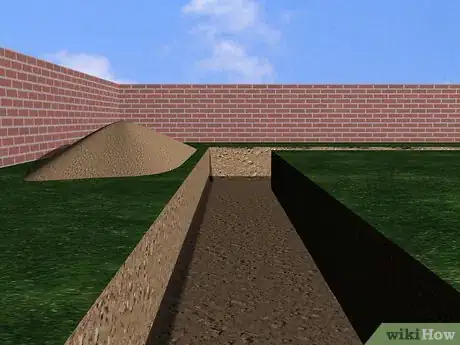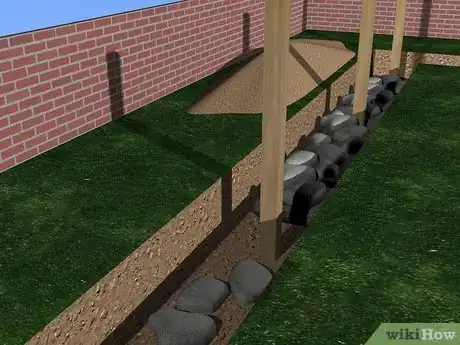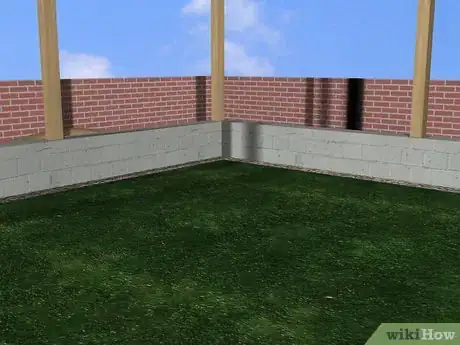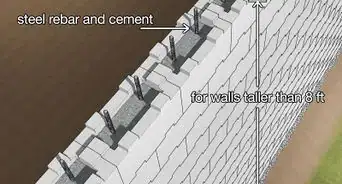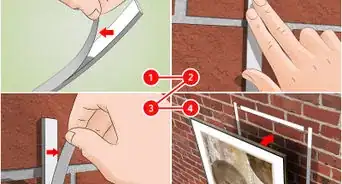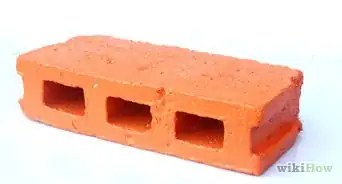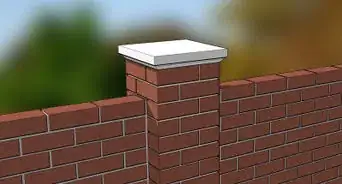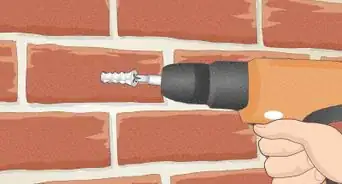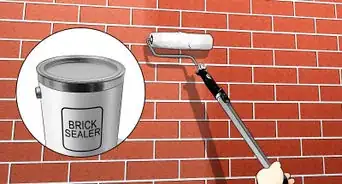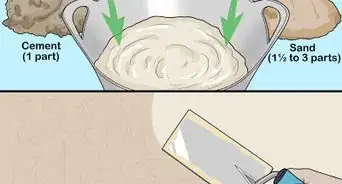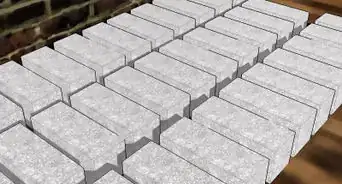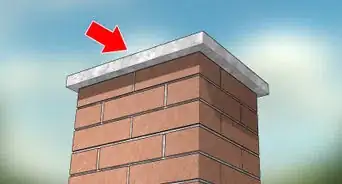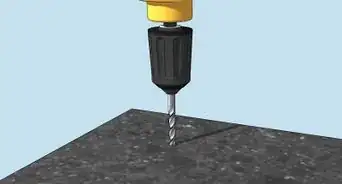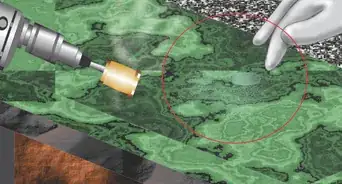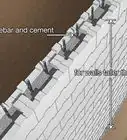This article was co-authored by Agustin Renoj. Agustin Renoj is a Home Improvement Specialist with Renoj Handyman based in the San Francisco Bay Area. With over 18 years of construction experience, Agustin specializes in carpentry, painting, and exterior, interior, kitchen, and bathroom renovations. Renoj Handyman is a family-owned business that consists of craftsmen trained in all areas of construction.
This article has been viewed 168,534 times.
A foundation can be built for free out of stone on your land. This perimeter base of packed stone is referred to as 'the rubble trench'. It is a foundation that has been used successfully for thousands of years. Nothing is as durable as stone. And if you happen to have no stone on your property, simply order a truckload of gravel (about $200) - it works just as well.
Steps
-
1Dig a perimeter trench along the boundaries of your proposed building. The trench should be about 1.5' wide, and deep enough so that it's below the frostline. Use a pick/mattock to break up the soil, and a transfer shovel to shovel it out. The soil can be used as fill to build up the grade within the foundation, or outside it to slope the land down and away from the dwelling. When the trench depth is roughed out, use a square-ended shovel to scrape the bottom, so that the floor of the trench remains packed and undisturbed.[1]
-
2Set in the largest stones first. If you have boulders, or something like these hardened Quikrete bags to use, lay them in the bottom of the trench like this:[2]
- Continue to set in the largest stones you can lift and fit in the trench. The stone should get progressively smaller as you fill towards the top.
Advertisement -
3Pack it tight. Everything should fit like a puzzle - pound rocks in with a hammer where you need to. Urbanite can also be used, and torn up asphalt sections from roads. If you're using old concrete block, break it up into flat pieces with a hammer.
-
4Cover with gravel, and tamp. Make sure to swish the gravel around with your hands into all the crevices in your rubble.[3]
-
5
Lay any pipe or conduit down and pack around it with stone. For good measure, lay an extra water line, and both 2" to 3" greywater and 4" blackwater pipe, just in case you want to tie into them at some point.[4] -
6Put in the stem wall of your choice, to keep your building high off the ground. If you want to continue in the same low-cost, green, site-harvested, ultra-durable tradition, do an earthbag stem wall. This is rows of polypro seed bags filled with either dirt or rock, with strips of barbed wire run between each row for tensile strength. In the standard earthbag stem wall the bottommost rows are composed of bags of tamped aggregate (sand, gravel, rock, etc.), and the rows above are filled with a stabilized earth mix - your dirt mixed with either cement or lime, and allowed to cure until it hardens into rock. The stem wall when finished is covered in chicken wire and plastered for lateral strength and to protect the polypro bags. Earthbags are wide and make excellent stem walls for alternative building systems such as cordwood masonry and straw bale - as well as walls of earthbags themselves![5]
Community Q&A
-
QuestionWhat is a stone foundation?
 Community AnswerA foundation composed in part or entirely of stone. It may be bound by mortar to increase longevity and stability.
Community AnswerA foundation composed in part or entirely of stone. It may be bound by mortar to increase longevity and stability. -
QuestionIs a stone foundation cheaper than other foundations?
 Community AnswerYes, if you don't buy the rocks. If you find them, the cost will be minuscule; the only thing you would have to buy is the concrete.
Community AnswerYes, if you don't buy the rocks. If you find them, the cost will be minuscule; the only thing you would have to buy is the concrete. -
QuestionHow do I lay my house foundation if I hit a large stone while digging?
 Community AnswerSome houses actually have boulders as part of the basement/foundation because it was too large or too expensive to pull them out.
Community AnswerSome houses actually have boulders as part of the basement/foundation because it was too large or too expensive to pull them out.
Things You'll Need
- Pick/Mattock
- Transfer Shovels
- Work Gloves
- Hammer
- Wheelbarrow
- Hand Tamper
References
- ↑ https://www.thiscobhouse.com/building-a-stone-foundation/
- ↑ http://www.nzdl.org/gsdlmod?e=d-00000-00---off-0hdl--00-0----0-10-0---0---0direct-10---4-------0-1l--11-en-50---20-about---00-0-1-00-0--4----0-0-11-10-0utfZz-8-00&cl=CL1.1&d=HASH70c81f6386a2600bdfdd3f.6.1>=1
- ↑ https://www.thisoldhouse.com/how-to/how-to-build-stone-wall
- ↑ https://www.thiscobhouse.com/building-a-stone-foundation/
- ↑ https://www.youtube.com/watch?v=TI4LzTnSGjg
